

|
|
|


|
|
1/12 Scale Electric Touring Car:
Kyosho Sonic-Sports BMW M-1 - 2382
|
Released by Kyosho circa 1979, the Sonic-Sports BMW M-1 - # 2382 - was based on a 4WD version of the Sonic Sports chassis, using a dual motor 4WD configuration, with the motors positioned at the front and rear of the chassis, driving each axle independently. The kit came with an unpainted clear lexan polycarbonate Bodyshell, two 380 motors (540 motors could be installed), and a Rheostat, Wound Wire, servo operated Speed Controller.
The Sonic Sports chassis had originally been introduced as a 2WD / FWD model, with a VW or Porsche 936-78 bodyshell, and over the years was distributed in Europe and around the world by Robbe and Graupner, with 2WD and 4WD model kits including: Porsche 924, BMW 320, Audi Quattro and Porsche 911.
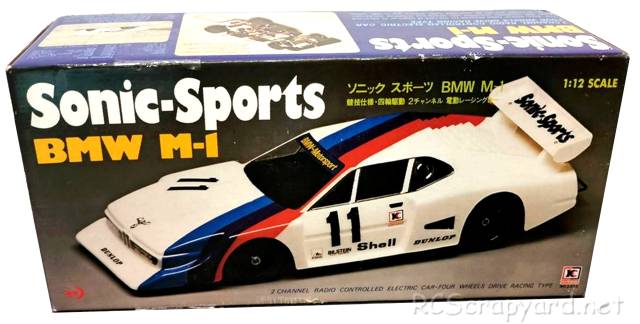
The Sonic-Sports BMW M-1 is based on an FRP plate chassis (some of the versions mentioned above use alloy plate), with a molded plastic radio plate, front and rear alloy motor mounts, molded magnesium hub uprights, gear differentials, fixed shaft rear, with dogbone type drive-shafts at the front, and bushings.
The chassis could be set up as 4WD, FWD or RWD as required.








|
|
|

★ Kyosho Sonic-Sports BMW M-1 and Porsche 936 78-Turbo ★
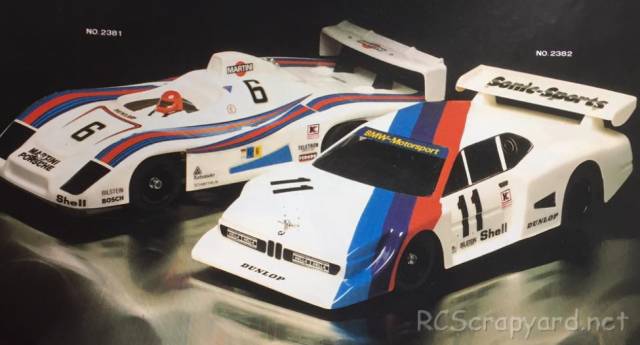
★ Kyosho Sonic-Sports BMW M-1 Chassis ★
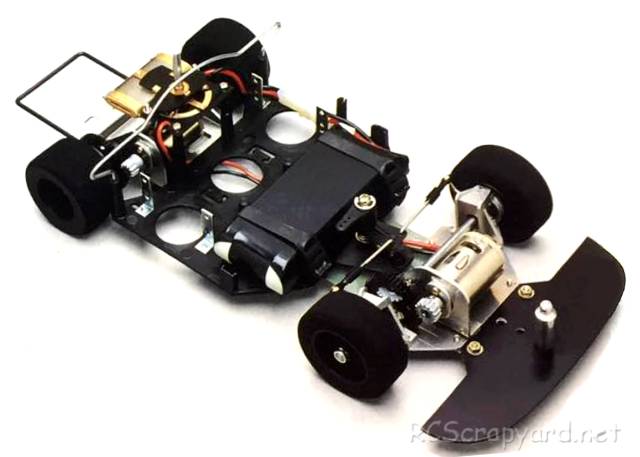
★ Kyosho Sonic-Sports BMW M-1 Chassis ★
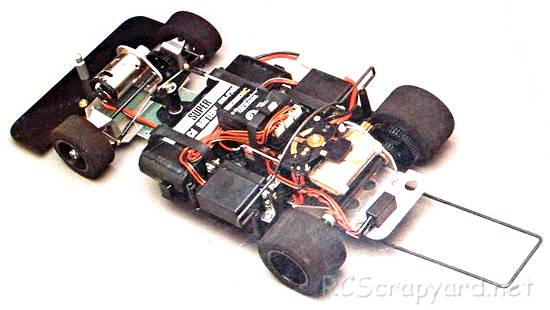
★ Kyosho Sonic-Sports BMW M-1 Chassis ★
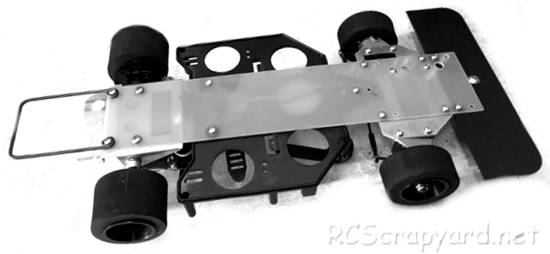
★ Kyosho Sonic-Sports BMW M-1 Chassis ★
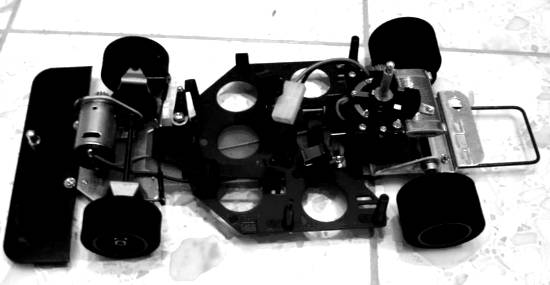
★ Kyosho Sonic-Sports BMW M-1 Chassis ★
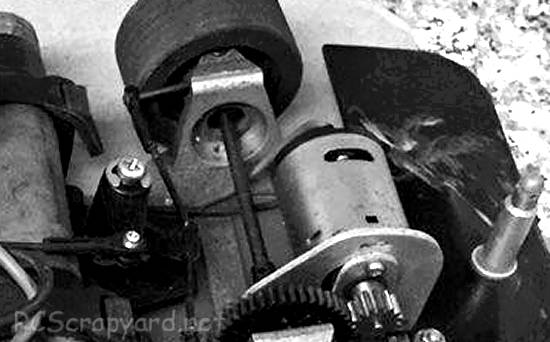
★ Kyosho Sonic-Sports BMW M-1 Chassis ★
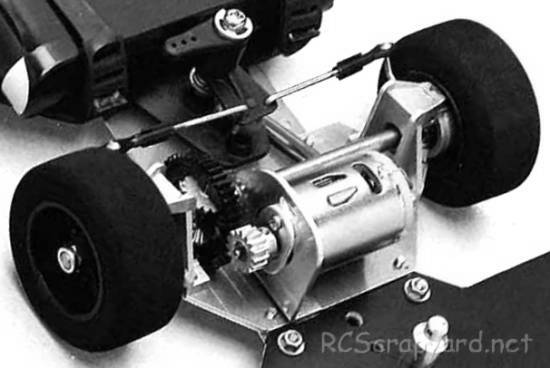
★ Kyosho Sonic-Sports BMW M-1 Chassis ★
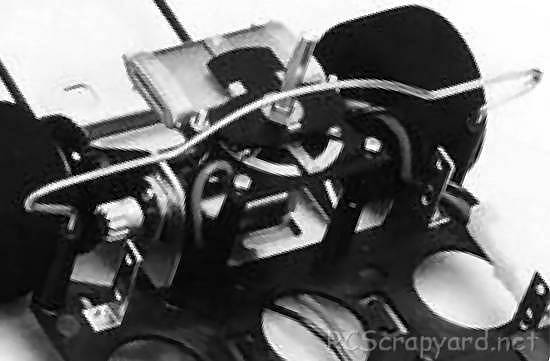
★ Kyosho Sonic-Sports BMW M-1 Chassis ★
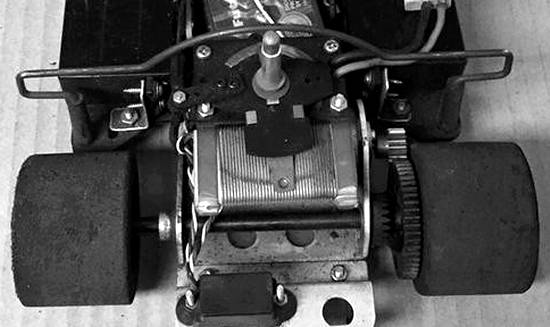
★ Kyosho Sonic-Sports BMW M-1 Chassis ★
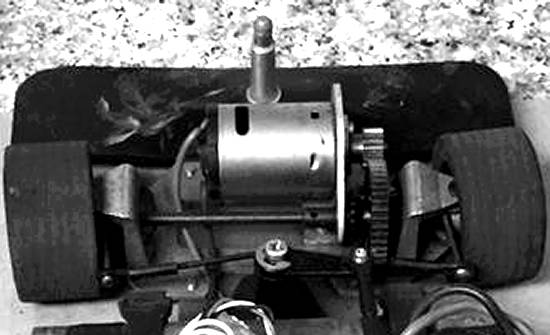
★ Kyosho Sonic-Sports Exploded View ★
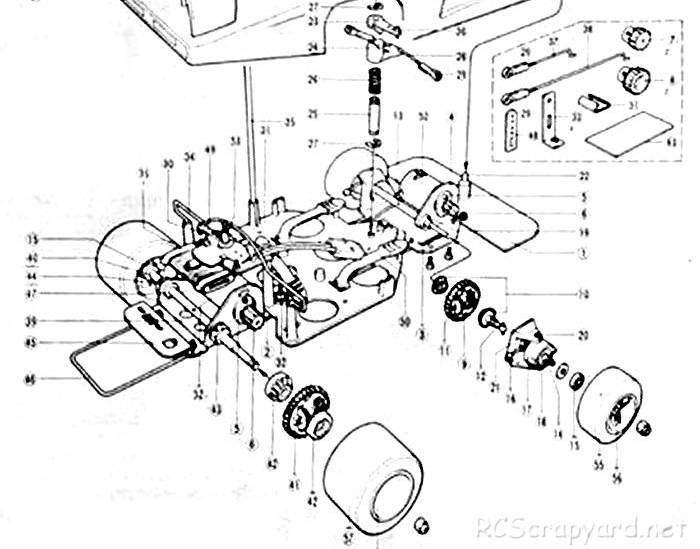
|
Buying a Used Kyosho Sonic-Sports BMW M-1
|
|
Manufacturers and Brands Catalogued, Listed and Reviewed by RC-Scrapyard.
At present, the RC Model Manufacturers, Brands and Distributors covered by us are: ABC Hobby, Academy, Acme Racing, Agama Racing, Amewi, Ansmann Racing, ARRMA, Team Associated, Atomic RC, Axial, AYK, Bolink, BSD Racing, Capricorn, Carisma, Carson, Caster Racing, Cen, Corally, Custom Works, Durango, Duratrax, ECX - Electrix, Exceed RC, FG Modellsport, FS-Racing, FTX, Fujimi, Gmade, GS-Racing, Harm, HBX, Helion, Heng Long, Himoto Racing, Hirobo, Hitari, Hobao, Hong-Nor, Hot Bodies, HPI, HSP, Intech, Integy, Jamara, JQ Products, Kawada, Kyosho, Losi, LRP, Maisto, Mardave, Marui, Maverick, MCD Racing, Megatech, Mugen, New Bright, Nichimo, Nikko, Nkok, Ofna, Pro-Pulse, Protech, PTI, RC4WD, Redcat Racing, RJ-Speed, Robitronic, Schumacher, Seben, Serpent, Smartech, Sportwerks, Step-Up, Tamiya, Team-C Racing, Team Magic, Thunder Tiger, Tomy, Top Racing, Traxxas, Trinity, Tyco, Vaterra RC, Venom, VRX Racing, WLToys, X-Factory, Xmods, Xpress, Xray, XTM, Yankee RC, Yokomo, ZD Racing and Zipzaps. |
|
Hints, Tips and Information
Wheel Camber - for cornering stability
Camber is described as the angle of the wheel as you look at it directly from the front or rear of your car and if set correctly will improve your cars cornering ability considerably, by providing increased traction. This simple to make adjustment is considered by many to be one of the most effective changes you can make to your car for better handling. |
|
Hints, Tips and Information
Roll Center
One of the least understood settings on RC model cars is concept of roll center. The simple definition of roll center is a point in space that the chassis rolls from side to side as the car maneuvers around a corner. The Effect of Roll Center on your Car
But what does all this mean? I hear you ask. Well, it gives you some insight to what changing the position of your camber links can do to the way your car handles. |
|
RC Models:
|
Radio & Motors: |
Other
Accessories: |